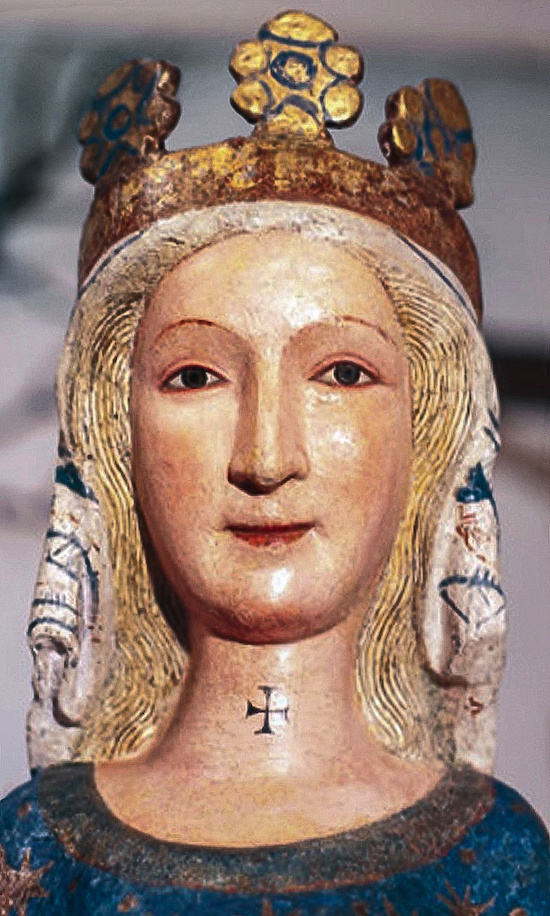A slight and enigmatic smile. This ancient Madonna, dating back to the beginning of the fourteenth century, has something maternal, familiar. In carved and painted wood, it is a valuable and rare work, truly original. A true masterpiece of Molise sculpture.
We are in 1412, a few kilometers from Cercemaggiore, a small town in the province of Campobasso. According to tradition, a farmer would have found a jar that contained a wooden Madonna in a praying attitude.
The discovery of the statue led to the building of what we now know as the Sanctuary of Santa Maria della Libera in Cercemaggiore. The statue is now kept inside the church, behind the altar.
The statue, in carved and painted wood, is a valuable and very rare artwork; one of the most representative masterpiece of Molise sculpture to be ascribed, due to its formal characteristics, at the beginning of the fourteenth century.
An austere and a sweet face at the same time; a rigid and frontal setting, broken by the sweet smile that conveys a sense of familiarity, of closeness.
Even if it recalls a typically oriental model, a Byzantine iconographic model, the statue proposes a very different language, the gothic style of French origin which is affirmed between the end of the XIII and the beginning of the XIV century.
The ‘Madonna della Libera’ is incredibly modern and, centuries later, still seems to speak to us with its enigmatic smile.
Brunella Muttillo
Figure: Detail of the ‘Madonna della Libera’. Carved and painted wood sculpture, early fourteenth century. Sanctuary of Santa Maria della Libera, Cercemaggiore (CB) (photo: M.T. Lembo). From ArcheoMolise n. 19, 2014

